The Super Simple Bulking vs. Cutting Guide

The time is now.
You’re ready to get in shape and start achieving your fitness goals.
There’s just one problem.
Actually, it’s more like a question you don’t have an answer to.
And that is…
Should I bulk or cut first?
It can be an agonizing decision–deciding between bulking vs. cutting.
You don’t want to make the wrong choice and set yourself back.
But at the same time, you need to stop going back and forth and actually choose one to go with.
There’s the cutting side of the equation, where fat loss is the priority.
And then you have bulking, where the aim is building muscle.
My goal is to make bulking vs. cutting super simple for you.
I’ll lay everything out for you so that by the time you’re done reading this post, you’ll be able to decide whether you should go on a bulk or cut first.
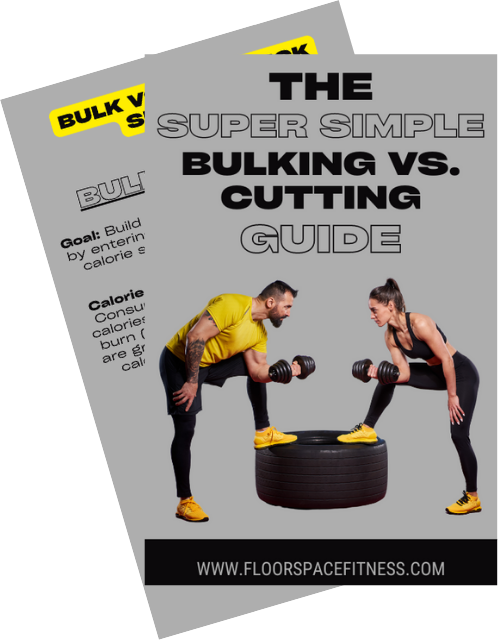
What does it mean to bulk vs. cut?
To build muscle (aka bulking), you have to be in a calorie surplus, meaning you’re consuming more calories than you burn.
This is what you would do if you wanted to build your glutes.
On the other hand, in order to lose fat (aka cutting), you need to be in a calorie deficit, or taking in fewer calories than you burn.
You’d do this if you want to lean out.
So, calorie surplus = eating a little more to fuel muscle growth.
And a calorie deficit = eating a little bit less to lose fat.
As a general rule, you either have to pick one or the other to get results.
You either go on a bulk to build muscle or go on a cut to lose fat.
Isn’t there an exception to everything though?
The exception when it comes to bulking vs. cutting is this…
If you’re a beginner to strength training, you get the best of both worlds and can actually build muscle and burn fat at the same time.
For example, you can grow your glutes and lose fat simultaneously when you’re just starting out.
If you’re not a beginner to strength training, trying to build muscle and lose fat at the same time would be like trying to sneeze without closing your eyes.
Go ahead and try it.
(You can’t do it).
So to definitively answer the question “Is it better to bulk or cut?” you first need to ask yourself what your goals are.
Do you want to build muscle?
Start with a bulk.
Is your main goal fat loss?
Go on a cut.
Here’s a quick overview of everything we’ve talked about so far…
Bulking overview
Think of bulking as your muscle-building phase, so if you’re looking to add some muscle mass to your frame, this is where you’ll start.
Going on a bulk means being in a calorie surplus and consuming more calories than you burn.
One thing I haven’t mentioned yet is the different types of bulks you can do.
You might see terms thrown out there like “clean bulk” and “dirty bulk.”
Basically, a dirty bulk (which I definitely DO NOT recommend) is when you enter into a calorie surplus and eat pretty much whatever you want.
You pig out.
You don’t care about the food quality or whether or not it’ll help you achieve your goals.
You’re just using being on a bulk as an excuse to eat what you want.
A clean bulk, on the other hand, allows you to put on muscle while keeping fat gain to a minimum.
*** You want to go on a clean bulk ***
Cutting overview
Fat loss is the goal of a cutting phase.
You’ll need to be in a calorie deficit in this case.
That’s when you consume fewer calories than you burn.
How long should a bulk or cut be?
There aren’t really any hard-set rules when it comes to bulking vs. cutting.
You can bulk or cut any time of the year you want, for as long as you want.
For example, if you have a decent amount of weight you want to lose, it makes sense to be on a cut for longer.
Or let’s say you already know you want to add a significant amount of muscle mass, you might extend your bulk past what someone else would.
How long you’ll stay in a deficit vs. how long you’ll bulk really just depends.
But here’s a general outline of how you could approach the bulking vs. cutting cycle over the course of a year:
- Build muscle in a calorie surplus for 6 months
- Lose fat in a calorie deficit for 3 months and reveal the muscle you gained underneath
- Take 3 months out of the year for maintenance (here, you’d eat the number of calories that would allow you to maintain your current weight)
How to start lean bulking and build muscle
1. Eat in a calorie surplus
Here’s how to figure out the number of calories that will put you in a surplus:
- Use a TDEE calculator like this one here to get your maintenance calories. You’ll enter in your age, weight, height, and activity level. Click “Calculate!” once you do that.
- You’ll be brought to a screen that has your maintenance calories. Take that number and add 10% to it. For example, if your maintenance calories are 2,500, your surplus calories would be 2,750 (2,500 x 1.10 = 2,750).
2. Eat plenty of protein and carbs
When it comes to building muscle, protein is king, and not getting enough will just stall your muscle growth efforts.
Lifting weights tears your muscles down.
Seriously, working out literally causes tiny, microscopic tears in muscle tissue.
These little tears are necessary for muscle growth and they get repaired through the muscle protein synthesis process.
It’s also how your body builds new muscle.
And guess what the key driver of muscle protein synthesis is?
(** Pssst: It’s in the name).
You guessed it.
Protein.
Adequate protein intake repairs your muscles and helps them come back bigger and stronger than before.
Ideally, somewhere between 0.7g-1g per pound of body weight in protein per day is what you should aim for.
So let’s say you currently weigh 200 pounds.
You’d shoot for between 140g-200g of protein every single day.
With you being on a bulk and consuming more calories, where should those extra calories go?
I would recommend putting them toward carbs.
Carbs give you energy, which you’ll use to crush your workouts in the gym (more on this in a sec).
Won’t carbs make me fat?
No, carbs do not automatically lead to weight gain, although part of being on a bulk means coming to grips with the fact that you will see an increase on the scale.
Just know most of that weight gain won’t be fat (there’s a difference between weight gain and fat gain).
And like we’ve been talking about, you can keep that fat gain to a minimum by lean bulking as opposed to dirty bulking.
3. Lift heavy and take advantage of progressive overload
When it comes to your workouts, how much you sweat doesn’t matter.
Neither does being out of breath.
Here are the two main things you need to build muscle:
- Lifting heavy weights
- Applying progressive overload
It’s really that simple, and if you do those two things, you’ll see results.
The word “heavy” is a relative term and what’s heavy to you will be different than what’s heavy to someone else.
Here’s the thing about lifting heavy though…
It doesn’t matter whether you’re doing compound movements like squat, deadlift, or bench press, or an isolation exercise like bicep curls or tricep extensions, heavy means choosing a weight where you’re pushing yourself close to failure.
Near failure = those last 1-2 reps are a struggle to complete.
You shouldn’t get to the end of your set and feel like you just went on a walk in the park.
You should be feeling like, “Wow, that was pretty tough and it took a lot of energy to get the weight up.”
Lift heavy and challenge yourself during your workouts, okay, you have that.
The second thing you need to do is make sure you’re applying a strength training principle known as progressive overload.
Progressive overload is when you continue to lift heavier and heavier weight over time.
When you continue to increase the amount of weight you lift, it places your body under added stress.
Your body then adapts to this extra stress by building muscle.
For example, you wouldn’t just want to stay lifting 3 sets of 6 reps with 100 pounds on squat.
Applying progressive overload and building muscle would mean working your way up to lifting 105 pounds, 110 pounds, and then 115 pounds, etc.
Or another way to apply progressive overload would be to lift that same 100 pounds but instead of doing 6 reps, you’d d0 7 or 8.
The whole point is to continue getting stronger and continue leveling up.
One thing that can be a little confusing though, is knowing when to increase the weight.
It’s easy to get stuck in a pattern of just randomly going up in weight whenever you feel like you might need to and then getting frustrated when you fail on the weight you picked.
Rather than take a stab in the dark, try out the double progression method.
It takes the thinking out of everything and lets you know exactly when you should be going up in weight.
Also, I get that coming up with your own workouts can be difficult.
What are the best exercises?
How many sets/reps should you do?
How many days a week should you workout?
If those are some of the questions you have, read my post on how to create a proper strength training routine.
You’ll come away from that with a customized weight lifting plan.
How to start a cut and lose fat
1. Eat in a calorie deficit
Trying to out-exercise a poor diet is just a bad idea.
Trust me, I tried for years and went through some pretty insane methods.
Let’s avoid that mistake for you and get your nutrition in check, first and foremost.
Whereas strength training is the key to building muscle, your diet is the main driver of fat loss.
Figuring out your deficit calories follows similar steps to figuring out your bulking calories:
- Start with this calorie calculator to get your maintenance calories. Just input all your info (age, weight, height, activity level) and click “Calculate!”
- Your deficit calories will just be 80% of your maintenance calories. For example, if your maintenance calories are 2,500, your deficit calories would be 2,000 (2,500 x 80% = 2,000).
If you’re thinking about trying intermittent fasting, read this post to get a sense of whether or not it’s right for you.
2. Prioritize protein
The list is a long one on the benefits of protein for weight loss…
Let’s see here:
- Protein is super filling
- You boost your metabolism just by eating it
- It helps you build/preserve muscle
When you’re on a cut eating less than you normally would, that little devil on your shoulder starts whispering into your ear…
“Go ahead, eat whatever you want, binge out and we’ll figure out this whole weight loss thing later.”
But then you have protein, the angel on your other shoulder.
They say to you:
“Just eat me and you’ll be alright.”
The angel knows what they’re talking about because eating protein literally reduces hunger hormones and increases hormones that keep you full.
Remaining full while in a calorie deficit will help you keep your calorie intake in check and make fat loss exponentially easier.
Protein also increases your metabolism via the thermic effect of food, which describes the process through which your body burns calories by digesting the food you eat.
Out of three primary macronutrients, protein has the highest thermic effect, meaning you burn the most calories from eating protein.
I told you the benefits of protein list wouldn’t be a short one…
Protein is not only important for helping you build muscle, it’s also essential for helping you preserve it.
Fat loss inevitably comes with a little muscle loss but getting enough protein allows you to retain as much muscle mass as possible.
Muscle gives your body a more defined, fit look as opposed to the dreaded “skinny fat” look.
And also, more muscle equals a higher metabolic rate (you’ll burn more calories).
While on a cut, a good target of protein per day is somewhere between 0.7g-1g per pound of body weight.
If you have a substantial amount of weight to lose, aim for that same amount but of your GOAL body weight.
3. Lift heavy and use progressive overload
Really, nothing changes in the gym when you’re bulking vs. cutting.
Just so I’m not repeating myself, you can go a few paragraphs up and read about what you should be doing from a strength training perspective under the bulking workout section.
To summarize:
- Emphasize compound movements like bench press, deadlift, and squat
- Lift heavy: Heavy means 1-2 reps shy of failure. Yes, ladies, this goes for you too. Ditch the lighter weight for higher reps nonsense to “tone” your muscles or whatever. That’s one of the biggest weight loss myths there is.
- Apply progressive overload: This is when you gradually increase the amount of weight you lift over time.
As I mentioned before, it’s normal to lose a little bit of muscle on a cut.
But strength training helps you offset this muscle loss.
I talked about this in the bulking workout section but if you want some help coming up with a structured strength training routine, this post will help you create one that’s tailored to you.
In that post, we’ll cover all the bases.
We’ll talk about the different types of exercises to include in your workouts, how many sets/reps you should do, and how many days per week you should be lifting weights, among other things.
4. Walk more (get your steps in)
One of the best things you can do for fat loss is simply walk more.
That’s it.
Not some crazy HIIT-plyometric-kettlebell swing-Zumba cardio class.
….But walking.
And no, it doesn’t have to be fasted cardio (which won’t help you burn more fat, by the way) if you don’t want it to be.
In my humble opinion, it’s by far the simplest, easiest, most convenient cardio for fat loss you can do.
Walking is…
- Super easy on the joints
- Not very fatiguing at all, so you can do it every single day
- A recovery booster
Not to mention cardiovascular activity is just good for your overall health.
The people in the world who live the longest, healthiest lives all have something in common–they get plenty of daily movement throughout the day.
From a fat loss perspective, aim for between 7,500-10,000 steps every single day.
If you’re saying to yourself, “There is just no way I’d ever be able to get that many steps in a day,” make sure you check out this post, where I outline 15 simple ways to help you get your 10,000 steps in.

Bulking vs. cutting diet
We’ve gone over how to figure out your bulking vs. cutting calories.
But what kinds of foods should make up those calories?
Well, you know about the importance of protein but that’s definitely not the only thing your diet should consist of.
Diet-wise, you’ll pretty much eat the same foods no matter whether you’re bulking or cutting.
The difference, obviously, is in the amount of food you’re eating.
Before we get into the specifics on nutrition and the types of foods to eat, I want you to know this one thing:
This applies mainly to weight loss and being on a cut but it can apply to lean bulking too.
Depriving yourself and cutting out all of your favorite foods because you feel like eating “clean” or “healthy” is the only way to lose reach your goals is actually a surefire way not to.
It’s one of the biggest weight loss mistakes you can make.
For one, thinking that way cultivates a terrible relationship with food.
You demonize certain foods as being “bad” while putting other foods on a pedestal as “good.”
Two, a diet like where you cut out all the foods you love just isn’t sustainable.
An unsustainable diet = unsustainable results.
So you need a way to eat that allows for flexibility and doesn’t make you feel like you’re making this big extreme sacrifice to achieve the results you want.
I want to introduce you to the 80/20 rule.
It’s simple, easy to follow, and will help you get results that actually last.
This rule says this:
Get 80% of your calories from nutrient-dense whole foods like chicken breast, turkey breast, sweet potatoes, eggs/egg whites, fruits, and veggies.
The other 20% of your calories can come from those “indulgent” foods like pizza, wings, chips, cookies, *insert whatever you want*.
Pop-Tarts, Little Debbie Honey Buns, and Doritos are a staple in my diet and I’ve still been able to still lose weight when I’m on a cut.
Why?
Because following the 80/20 rule gives you a good mix of “healthy” and your favorite foods.
That’s the key–eating with balance.
Balance allows you to sustain your diet and be more consistent with weight loss.
Now, for the different types of foods in your diet…
This list of foods comes straight from my weight loss grocery list post but it also applies to bulking as well.
I’ll just be going over a few examples of the types of foods to include in your bulking or cutting diet, so if you want a more complete list, make sure you check out that blue link above.
Bulking and cutting food list
Fruits:
- Apples
- Bananas
- Peaches
- Oranges
- Berries (raspberries, blackberries, blueberries, strawberries)
- Pineapple
- Watermelon
Vegetables:
- Broccoli
- Cauliflower
- Asparagus
- Carrots
- Spinach
- Peppers
- Onion
- Tomatoes
Lean protein sources:
- Chicken breast
- Turkey breast
- Lean ground beef
- Egg whites/eggs
- Shrimp
- White fish
- Tofu
- Tempeh
- Protein powder
Carb sources:
- White potatoes
- Sweet potatoes
- Rice
- Quinoa
- Beans
Fats:
- Cooking oils like olive oil
- Peanut butter or almond butter
- Nuts & seeds
- Avocado
Beverages
- Water
- Diet soda
- Low or zero-calorie water enhancer (like MiO)
Foods you like to “indulge” in
- Snack 2-3 of those comfort foods on your next trip to the store, such as chips or cookies (but don’t let it get out of control!)
Bulking vs. cutting: Which one are you starting with?
That concludes everything you need to know about bulking vs. cutting, so now it’s time for you to make a decision.
Remember, the one you start with really just depends on your goals.
If you want to build muscle, go on a bulk.
If you want to lose fat and lean out, start with a cut.
Don’t overthink it.
You got this 💪🏾

What's up?
I’m Chad, I’m happy you’re here! I’m a certified personal trainer and my goal is to help you form practical, sustainable habits that lead to lifelong fitness results. If you want to lose fat, build muscle, and live a healthier, happier life then you’re right where you need to be. 💪🏾
Free resources
⬇⬇⬇

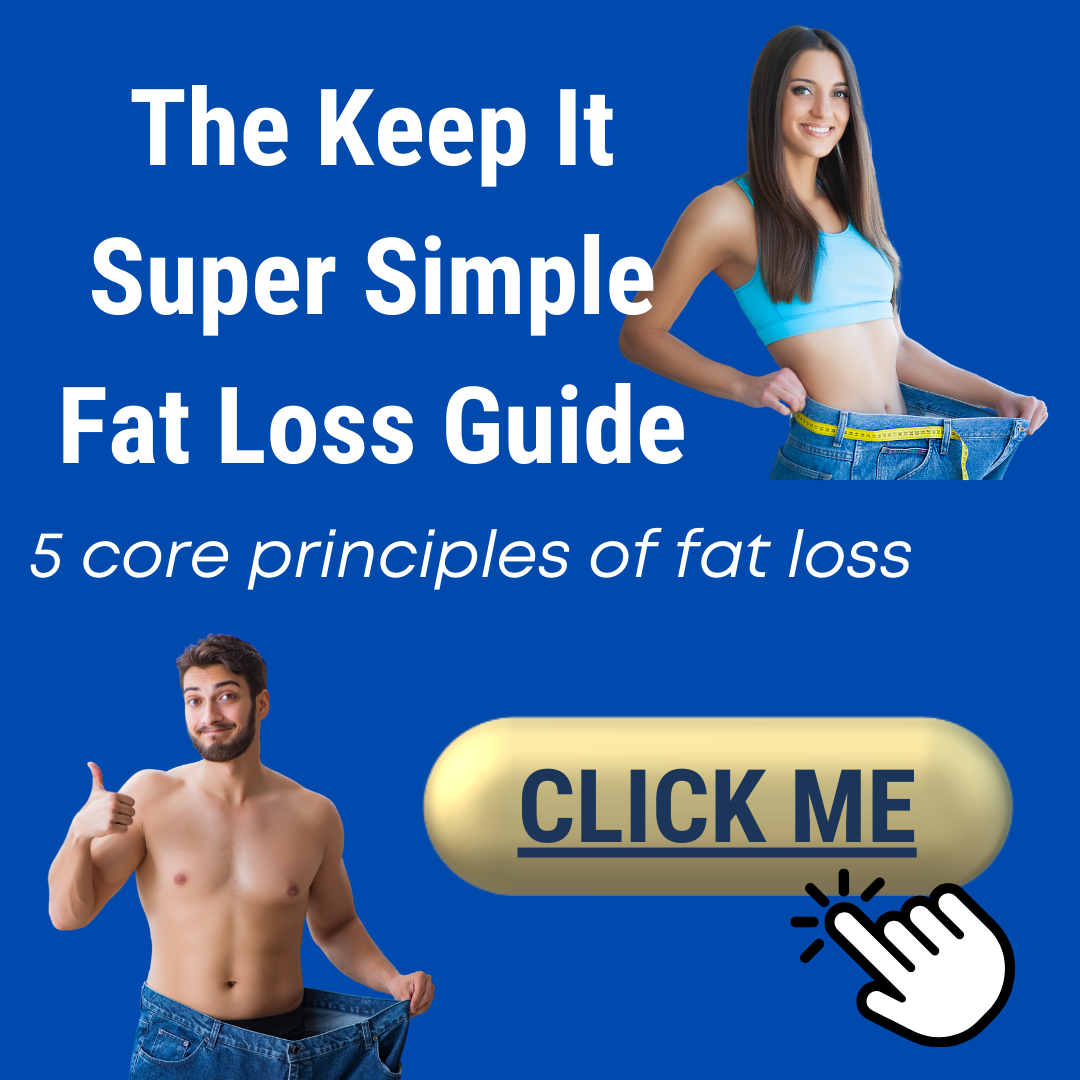
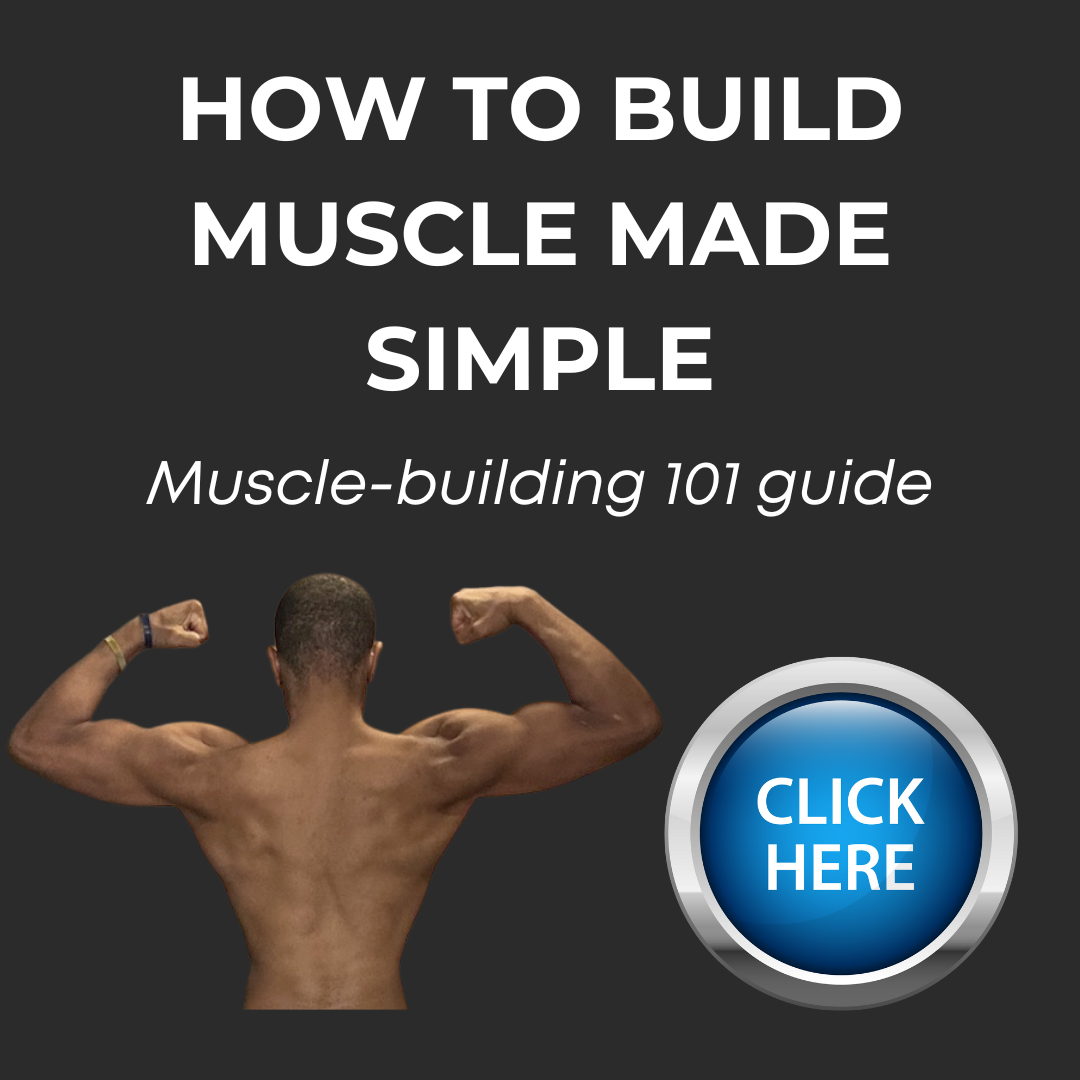
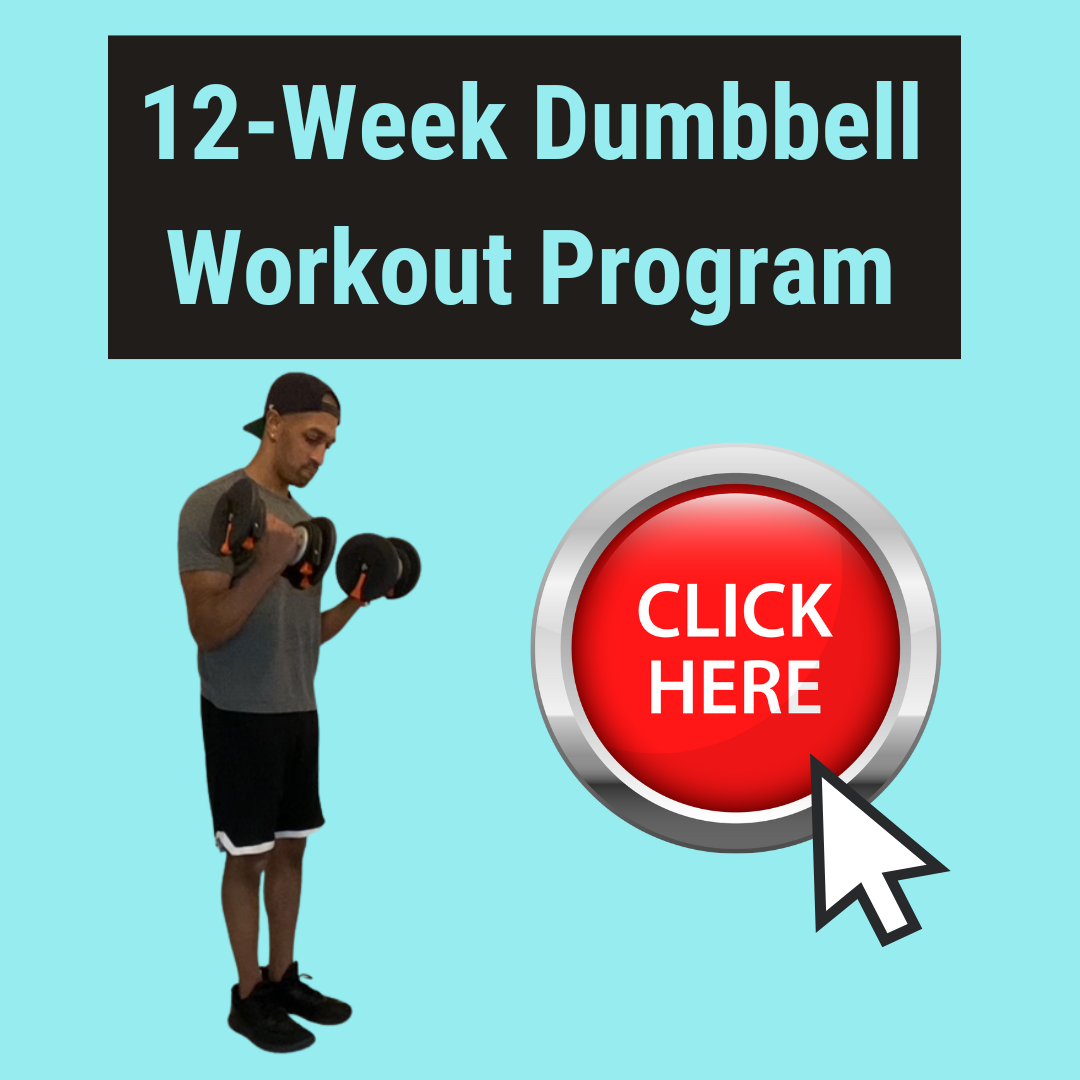


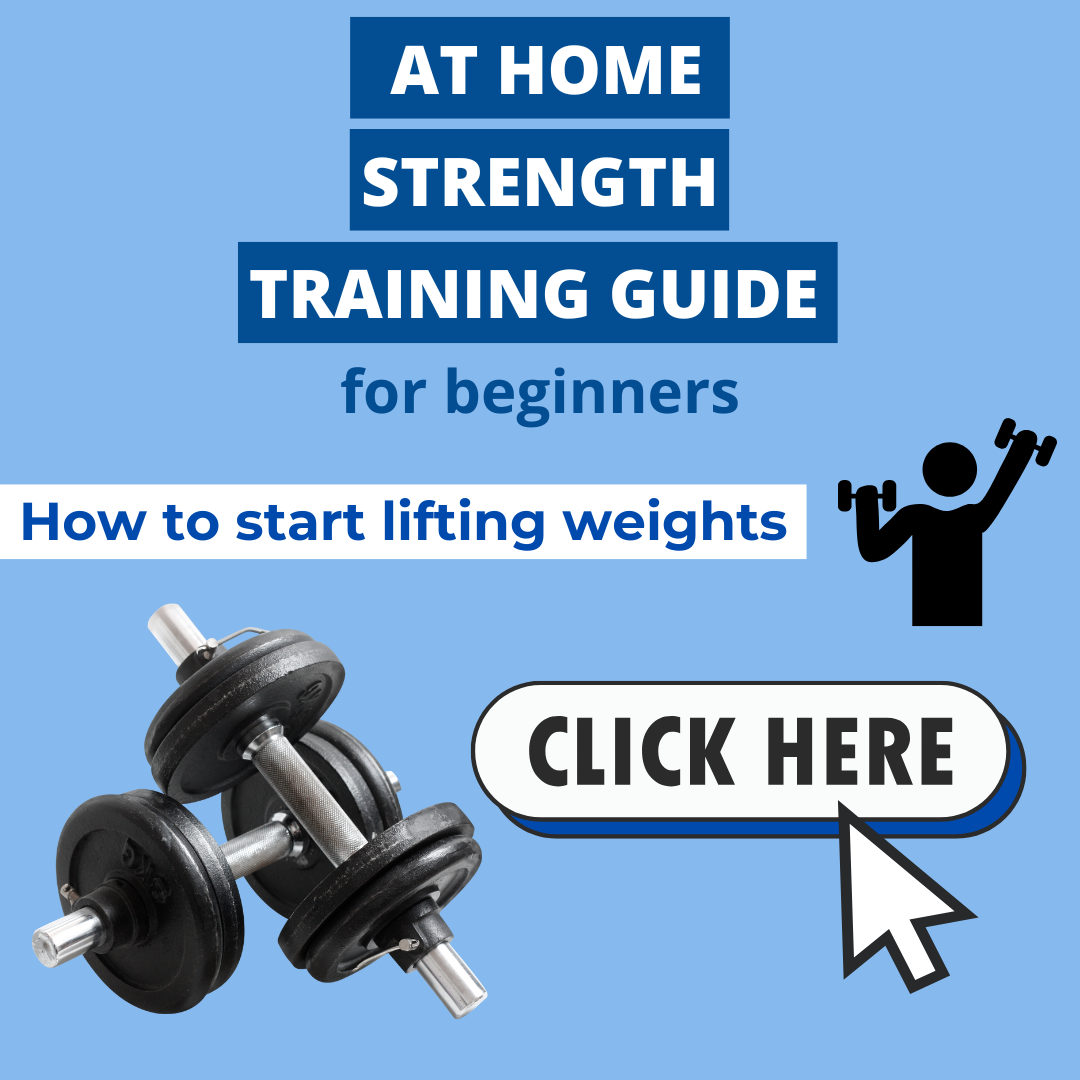
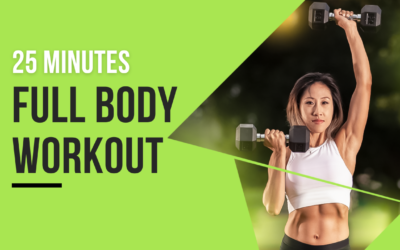
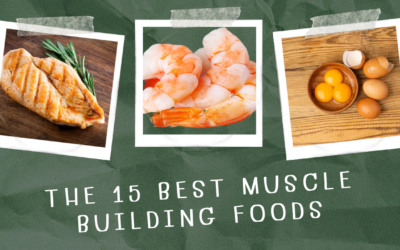

0 Comments